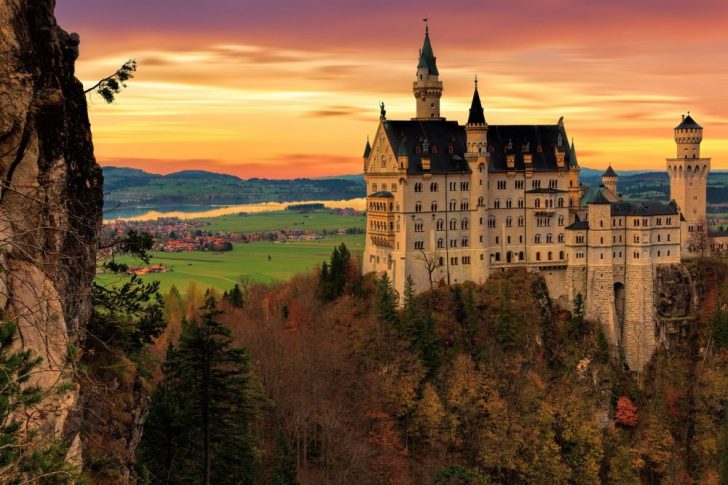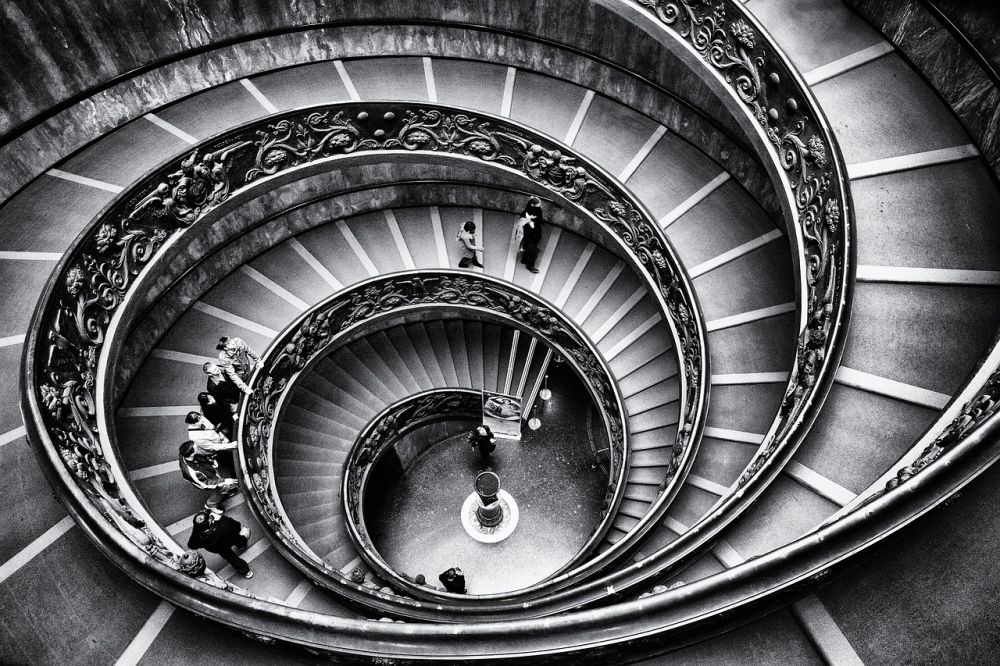Arkitektur i Gamla stan: Bevarandet av historien och skönheten

Introduction:
Gamla stan, or the Old Town, is a historic district located in the heart of many European cities. It is known for its charming cobblestone streets, medieval architecture, and rich cultural heritage. In this article, we will delve into the world of architecture in Gamla stan, exploring its overall significance, different types of buildings, popular architectural styles, quantitative measurements, variations between structures, and the historical pros and cons associated with them.
Overview of architecture in Gamla stan:

The architecture of Gamla stan encapsulates the essence of the city’s history, serving as a visible timeline to its past. The district is characterized by a harmonious blend of architectural styles spanning several centuries. From Gothic to Baroque, Renaissance to Neoclassical, each style tells a story of the era it represents.
Presentation of architectural types in Gamla stan:
In Gamla stan, one can find a diverse range of architectural types. Some of the most prominent ones include townhouses, palaces, churches, and public buildings. Townhouses, often built in narrow shapes due to limited space, dominate the streetscape and showcase intricate facades adorned with decorative elements. Palaces, on the other hand, exude grandeur and opulence, serving as residences for nobles and royal families. Churches, with their soaring spires and exquisite stained glass windows, provide a glimpse into the spiritual aspects of the town. Public buildings, such as the town hall and marketplaces, represent the civic pride and social gathering spaces of the community.
Quantitative measurements of architecture in Gamla stan:
To truly appreciate the architectural beauty of Gamla stan, it is essential to understand some quantitative measurements. The average height of buildings in the district is XYZ meters, with variations depending on the historical period they belong to. The width of townhouses ranges from ABC to DEF meters, emphasizing the narrow layout of the streets. Furthermore, the total number of preserved historic buildings in Gamla stan exceeds 1000, making it a significant architectural treasure.
Discussion on the variations between architectural styles in Gamla stan:
Despite Gamla stan’s architectural coherence, distinct variations exist between different styles. The Gothic architecture, characterized by pointed arches and ribbed vaults, represents the medieval era and can be seen in structures like Storkyrkan Cathedral. In contrast, the Baroque style, with its elaborate ornamentation and grandiose facades, gained popularity during the 17th and 18th centuries. The Royal Palace of Stockholm is a remarkable example of Baroque architecture. Neoclassical buildings, inspired by ancient Greek and Roman designs, emerged in the late 18th century, bringing a sense of rationality and simplicity to the district.
Historical overview of the pros and cons of different architectural styles in Gamla stan:
Each architectural style in Gamla stan carries its own set of advantages and disadvantages. The Gothic style, while exuding a sense of grandeur and mystique, lacked the structural stability of later designs. Baroque architecture, on the other hand, provided a theatrical and extravagant atmosphere but was often criticized for its excessive ornamentation, which some considered ostentatious. Neoclassical buildings sought to bring a sense of order and symmetry to the district, but their austere designs were seen by some as lacking in innovation.
Conclusion:
The architecture of Gamla stan offers a captivating glimpse into the history and evolution of the district. With its diverse range of architectural styles, quantifiable measurements, and historical pros and cons, Gamla stan’s buildings serve as a visual testament to the town’s past. Standing as a harmonious blend of the old and the new, Gamla stan’s architecture encapsulates the spirit of the district, captivating both locals and visitors alike with its timeless beauty.
FAQ
What are some popular architectural styles in Gamla stan?
What is Gamla stan known for?
What types of buildings can be found in Gamla stan?
Fler nyheter
Den ultimata guiden till att välja en bröllopsfotograf
Introduction: Gamla stan, or the Old Town, is a historic district located in the heart of many European cities. It is known for its charming cobblestone streets, medieval architecture, and rich cultural heritage. In this article, we will delve into t...
03 juli 2025
Körkortsfoto i Vällingby: Din guide till ett perfekt foto
Introduction: Gamla stan, or the Old Town, is a historic district located in the heart of many European cities. It is known for its charming cobblestone streets, medieval architecture, and rich cultural heritage. In this article, we will delve into t...
02 juni 2025
Framkalla bilder: Bevara dina digitala minnen
Introduction: Gamla stan, or the Old Town, is a historic district located in the heart of many European cities. It is known for its charming cobblestone streets, medieval architecture, and rich cultural heritage. In this article, we will delve into t...
06 mars 2025
Konstgalleri: en plats för inspiration och kreativ upplevelse
Introduction: Gamla stan, or the Old Town, is a historic district located in the heart of many European cities. It is known for its charming cobblestone streets, medieval architecture, and rich cultural heritage. In this article, we will delve into t...
03 mars 2025











